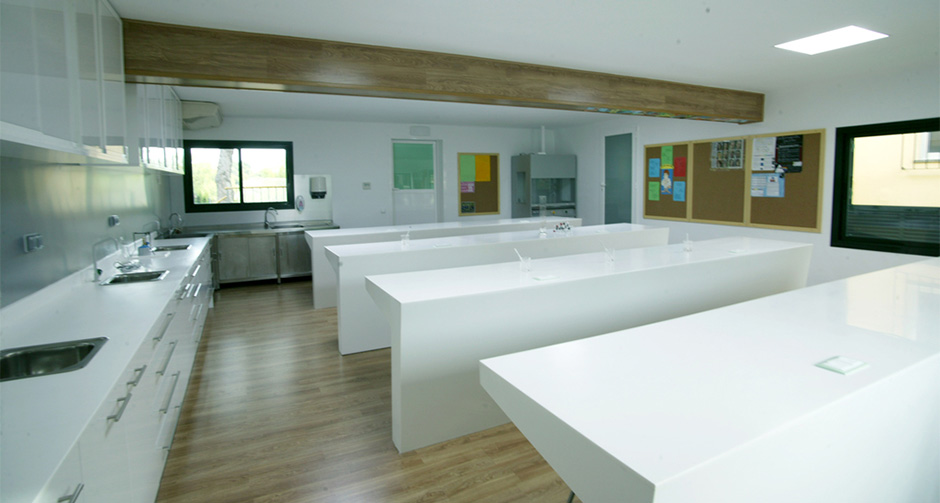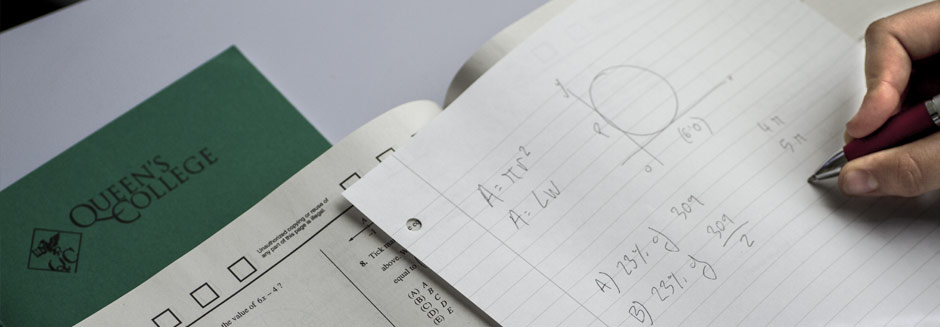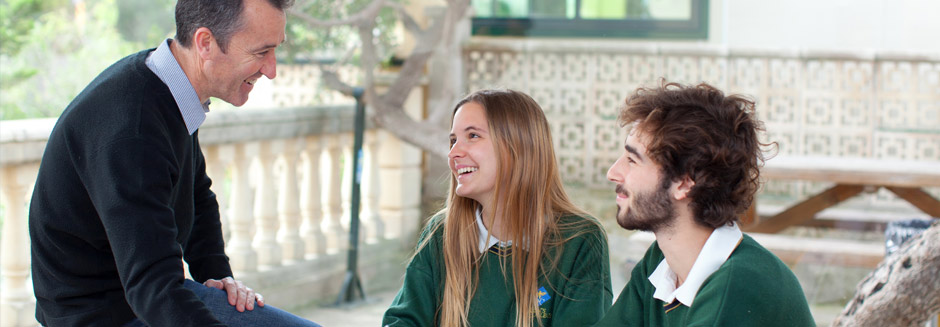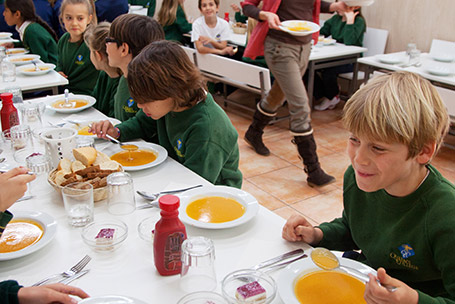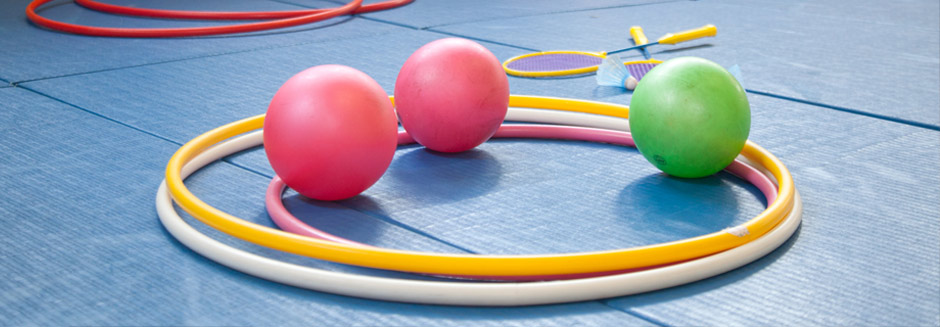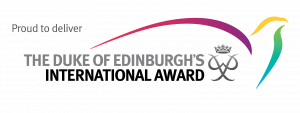Laboratory
New physics and chemistry laboratory
Striving for continual improvement is part of Queen’s College philosophy. This year, this has been demonstrated with the inauguration of a new physics and chemistry laboratory, one of the most innovative and advanced of its kind in Spain with regard to utility, quality of design, furniture, and technology. This facility complements the biology laboratory which was inaugurated in 2008.
The following aspects of the new laboratory stand out:
• Presentation and teaching aids
• Lighting
• Work benches
Presentation and Teaching Aids
The school’s laboratories are equipped with modern teaching aids. Both have been fitted with ultra-short throw projectors. In the second laboratory, this is connected to an interactive whiteboard, while in the chemistry and physics laboratory, the teachers use iPads which, when connected via wifi, act as interactive whiteboards. This allows for interactive presentations from any part of the classroom. As a result, the teacher has greater mobility in the classroom whilst teaching, student participation is also facilitated. Students may respond on the screen without moving out of their seats.
This innovative way of working is also utilised in the teaching of Biology and English. All equipment was installed by College Technologies.
Lighting
The new laboratory is fitted with a state of the art, ecological, lighting system which combines natural light with LED illumination. On clear days, a system of enhanced skylights, known as Solatube, use natural light to illuminate the whole room. These skylights have integrated rings of LEDs, which are unnoticeable when turned off but, when in use, are capable of providing optimal lighting in the laboratory. This is especially beneficial on cloudy days and in the early morning and late afternoon during the winter months.
In addition, the lighting system has interior motorized panels which control the amount of natural light entering the room. When necessary, it is possible to set and reduce the natural light in the room, e.g. when using a projector or in experiments involving light.
This is the first time that a lighting project with these 3 integrated systems has been installed in the Balearics.
The system was installed by Mora & Rosselló.
Work benches
The laboratory furniture is eye-catching due to both its design and its high functionality. The tables and workbenches are particularly note-worthy.
These are the most innovative element in the laboratory. The workbenches are designed to afford maximum work space for students and ease of teacher movement for monitoring the work of students. This is due to the inverted L shape of the structure. The slightly inclined compact outer face was specifically designed to aid the teacher when observing experiments in progress. The interior surface of the workbenches is clad with parquet for easy maintenance and cleaning.
The table tops have incorporated electrical sockets and the pre-installation for telecommunications, should the incorporation of Ethernet or optic fibre connexions be required at a later date.
The material used for the workbenches is another notable characteristic. It is known as IROCRIL which is a “solid-surface”, the most well-known of which is Corian. School laboratories in the U.K. are beginning to use this material, as are medical laboratories in Spain.
In addition to the laboratory requisites such as high resistance to chemicals and to impact, this material also allows for blind joins. These allow for maximum hygiene and the possibility of repairing damage caused by accidental breakages or stains. These attributes will allow the workbenches to remain in pristine condition year after year, with only basic annual maintenance.
The fittings for the laboratory were installed by “Instalaciones Comerciales BAGUR” based on a design drawn up by the school.

